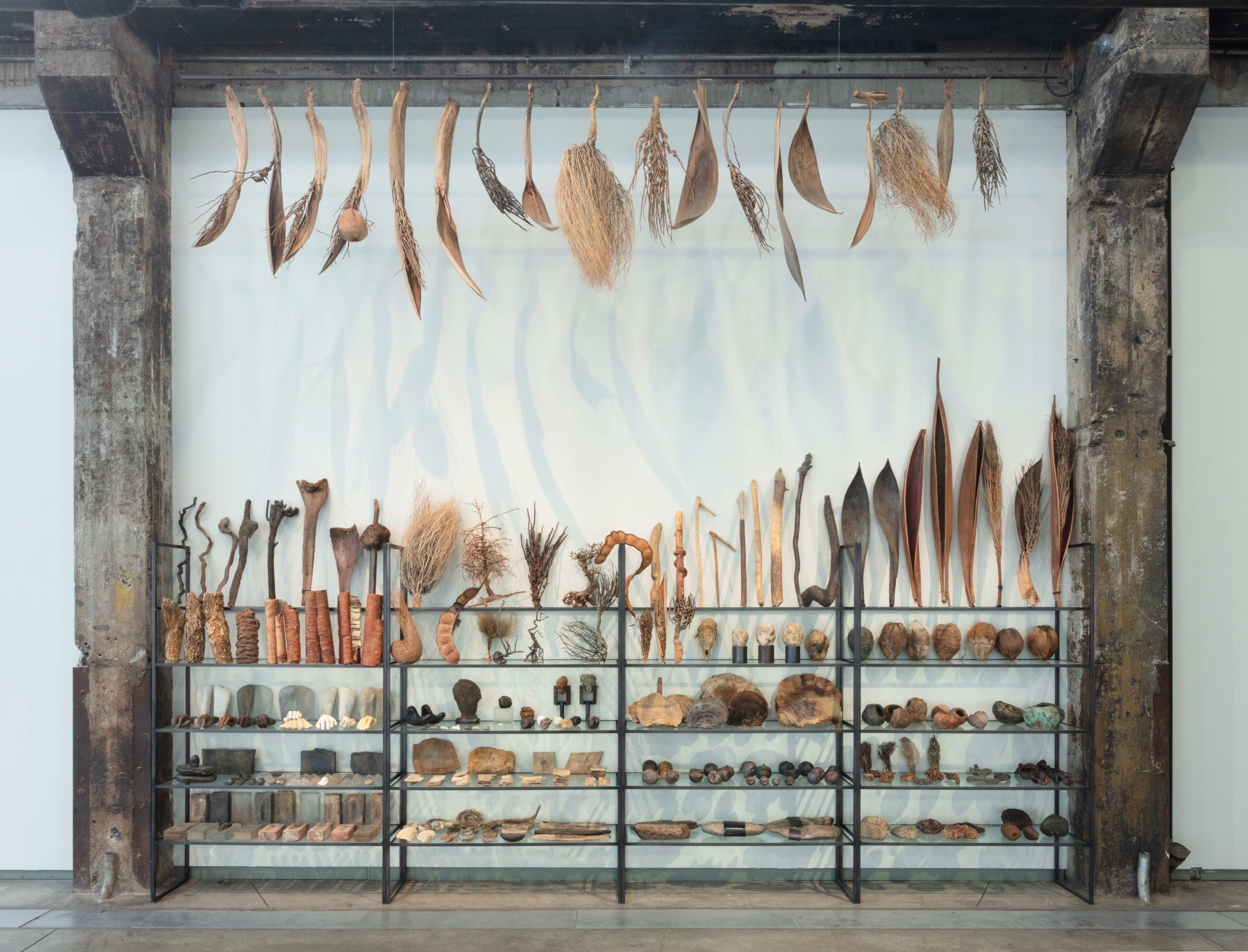
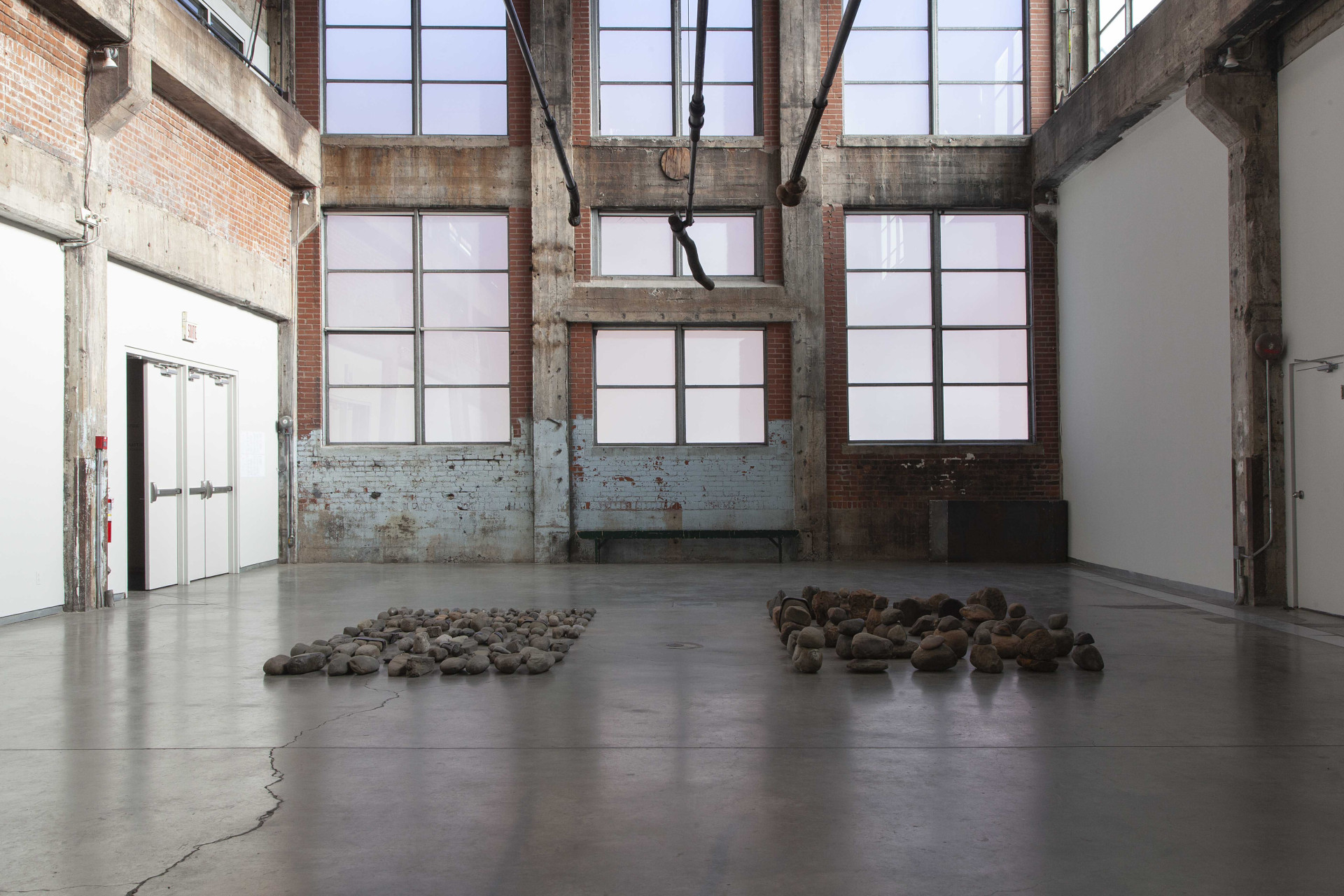
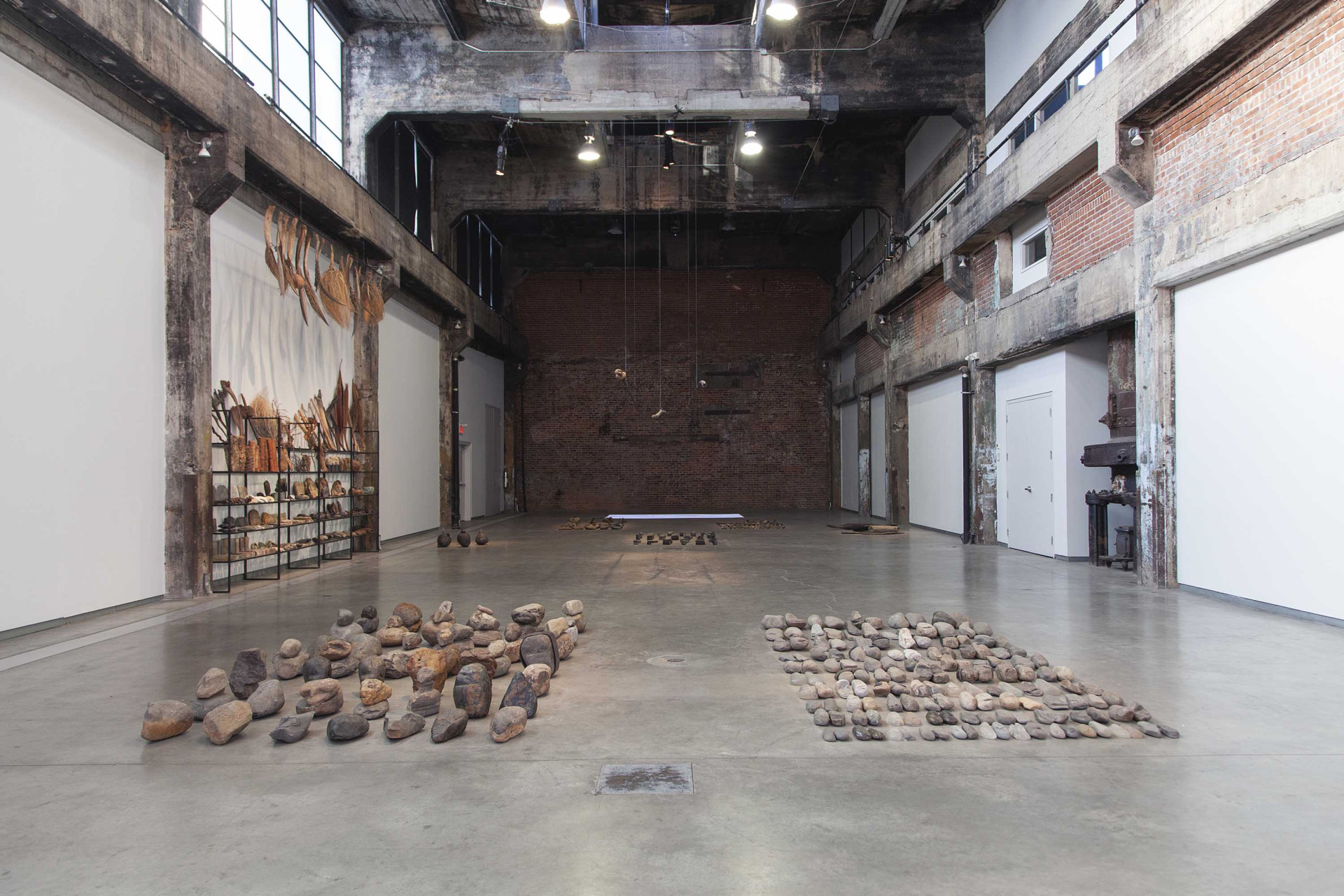
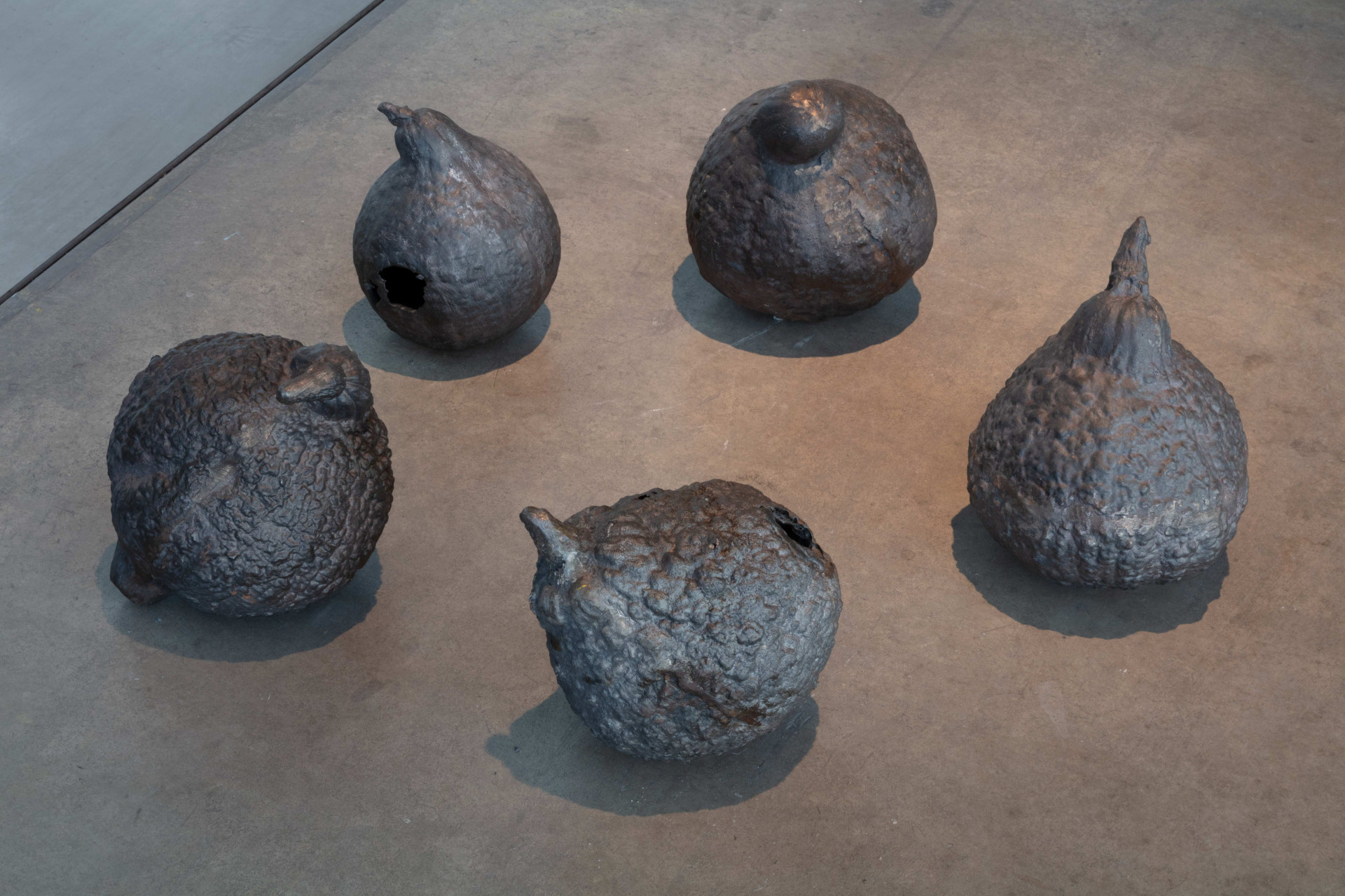
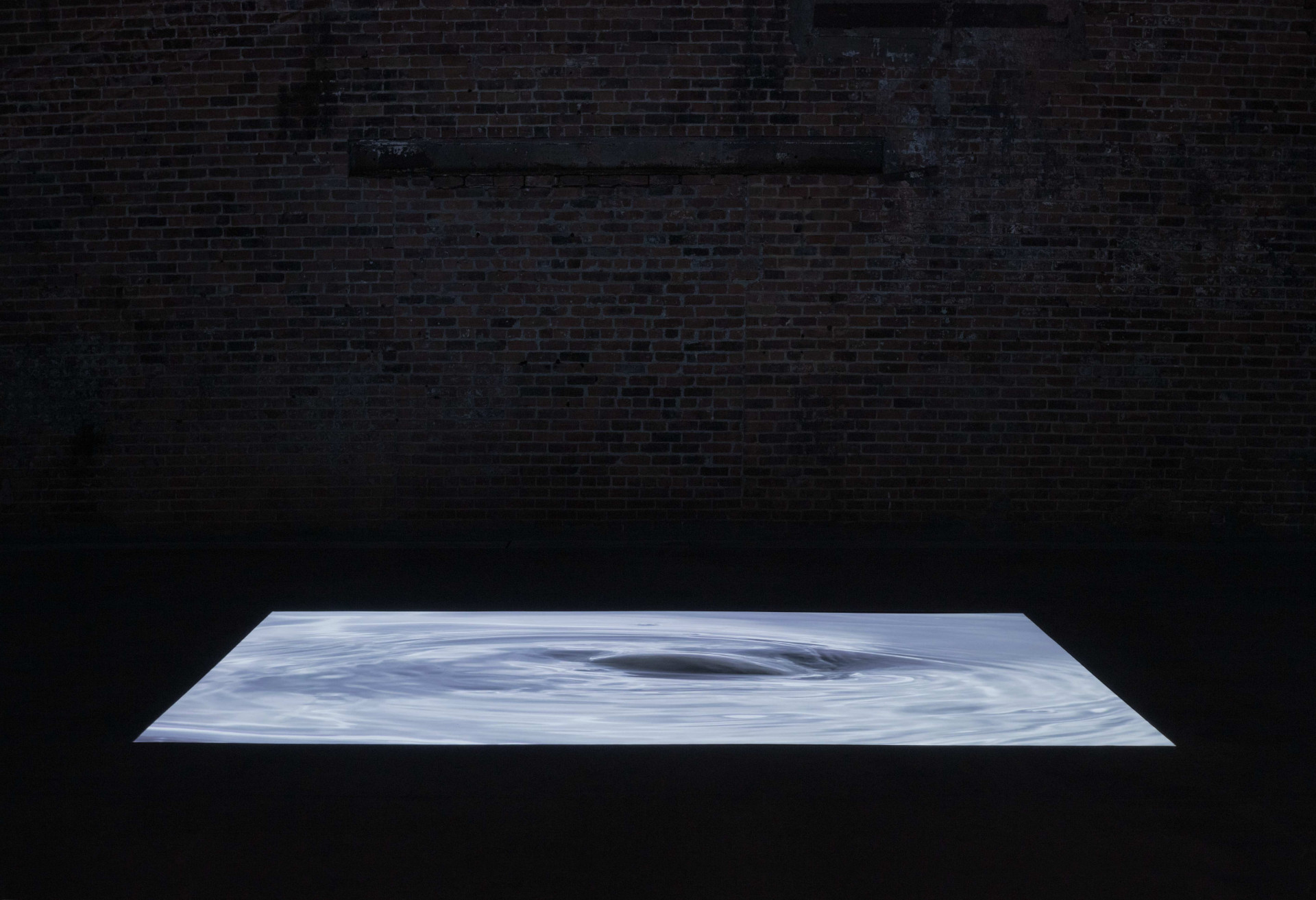
Sylvia Safdie, A Collector's Work
This fall, Fonderie Darling’s Main Hall presents the exhibition As I Walk, a new iteration of a precious collection of minerals and plants assembled by Israeli-Montreal artist Sylvia Safdie.
"The collection has been in a constant state of transformation. I have organized it and reorganized it over and over again in search of new meanings and associations. Certain sculptures have been recycled and reassembled into new ones." - Sylvia Safdie
The countless organic elements have been gleaned, collected, and carefully chosen by the artist while out on walks, a ritual that is integral to her creative process and that she has done during her many travels around the world or in her immediate environment.
"What makes me reach for one item instead of another? There is always something behind an act or a gesture that is veiled. There is always something that comes from a hidden place in the unconscious or in our memory. As I reach for an object or turn my camera to capture a moment I often have a feeling that the object or moment has found me as much as I have found it." - Sylvia Safdie
The elements presented here are methodically grouped according to material and form, though sometimes also classified according to the artist’s own mysterious logic. Fascinated by the connections between natural elements and the human body—stones shaped like feet or heads, dried leaves and wood formed with elegant curves, branches sharpened like spears, exotic fruit preserved in a stage of decomposition, a river’s sensuous streaks left on wet rock—the artist uses the raw materials of her collection, constantly shaping and reorganizing them into a vast album, a poetic and philosophical inventory or herbarium intended as much for study as for reverie.
"Over the years, I have given a great deal of thought to what I collect and why I collect earth fragments. I think that any gesture that you make or a ritual you create is an attempt to try to seize or mark a moment or an instance." - Sylvia Safdie
Without cutting or altering them, she forms new associations between her findings, sometimes extending, containing, or replicating them using ironwork or moulding techniques. Arranged in various configurations or pre-established grids, the objects are installed on the floor, carefully organized on shelves, suspended from the ceiling, or their images are projected on concrete surfaces. This cross-ruled layout echoes chromosome charts, illustrating differences and similarities while also recalling that although analogous, each entity is unique in both form and content. The artist recomposes a multitude of objects of diverse origins—fragments of our world—to create her own world, within which she allows herself all kinds of deviations, such as including old nails in a sequence or trapping rocks in metal matrices.
"Each organic fragment holds scars and markings, the process of nature. Each fragment belongs to a particular place. I have been conscious that the moment I remove it from its place of origin I stop its natural process of evolution and transformation. It becomes open to new meanings and associations." - Sylvia Safdie
Recalling the rigour of a scientist presenting her research in a systematic manner as well as that of a child unveiling her treasures, Safdie’s work oscillates between a serious demonstration and a carefree obsessive game. The work also evokes themes of displacement and relocation. Safdie personally experienced migration as a child in a conflicted Middle East and as an adolescent immigrant to Canada. Her work thus carries a peaceful message of unity and reconciliation.
"Each person’s life is dominated by a central event, which shapes and distorts everything that comes after it and, in retrospect, everything that came before. For me, it was moving from Israel to Canada at the age of 11. It was an enormously difficult experience. The language of your origin no longer serves you, and you have not yet learned the “new language.” Now, looking back I am able to understand the rich process of dislocation and relocation. You are able bring things from your past into the present and create your own language." - Sylvia Safdie
The exhibition also has close ties with Fonderie Darling’s history, as one of the works presented here, on loan from the Montreal Museum of Fine Arts, was produced in the industrial foundry when it was still in operation in 1988. The five small cast iron sculptures that compose Gina, replicas of five small round gourds, create a metaphorical link between the place’s former and current function, demonstrating how art has been able to preserve, as though frozen in time, this exceptional place.
In addition, Safdie’s studio building, which the artist and her partner John Heward transformed into artist and live-in studios in the 1970s, is one of the last industrial bastions located near Fonderie Darling that is now under threat in the rapidly changing neighbourhood of Griffintown. By transposing the artist’s studio almost exactly as is to the exhibition space, Fonderie Darling wanted to stop time in a way and pay homage to this remarkable space, while also emphasizing the great loss of industrial buildings in the neighbourhood, a loss not only of architectural heritage, but also for artists who have found ideal spaces for making art in these buildings.
Text by Caroline Andrieux
Translated by Oana Avasilichioaei
The exhibition is made possible thanks to a generous sponsorship by Gascon & Associates L.L.P.
Sylvia Safdie
Born in Aley, Lebanon in 1942, Sylvia Safdie spent her youth in Haifa, Israel, before moving with her family to Canada in 1953, where she lives and works. In 1975, she obtained her Bachelor of Fine Arts degree from Concordia University.
Throughout her career, Sylvia Safdie has been the recipient of numerous grants and awards, including the Thomas More Institute (1991) and the Saidye Bronfman Arts Centre Gallery at the First Biennale des Artistes Québécois (1977). Her work has been the subject of the film Earth Marks, directed by Doina Harap (2000) and numerous books, most recently Eric Lewis' The Video Art of Sylvia Safdie (2013). She is represented by the Joyce Yahouda Gallery in Montreal and Paul Kuhn Gallery in Calgary.
